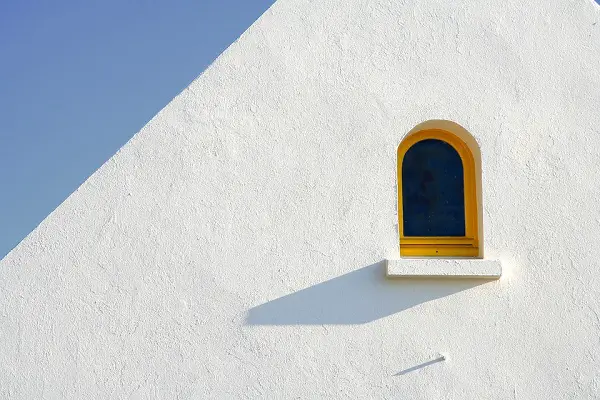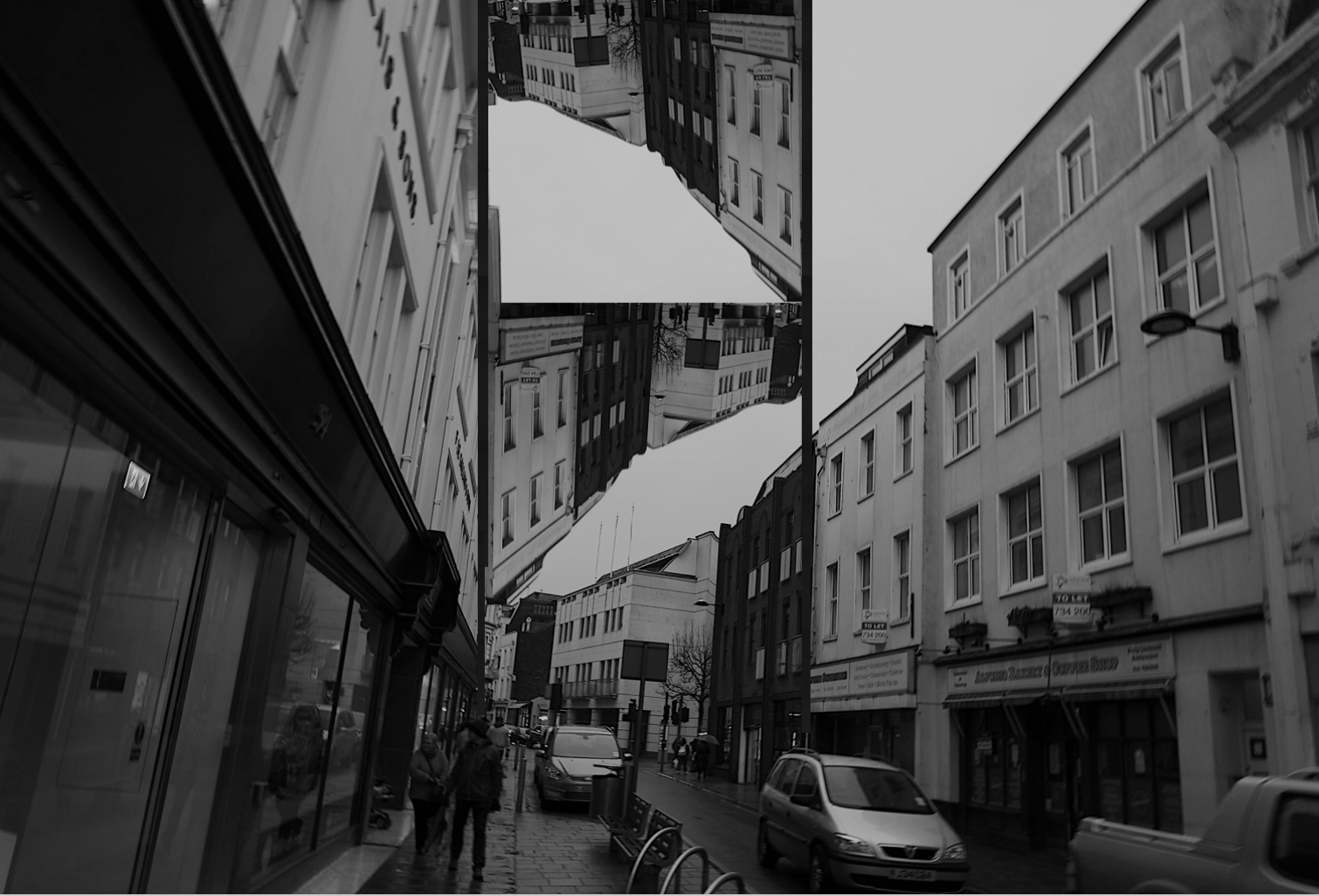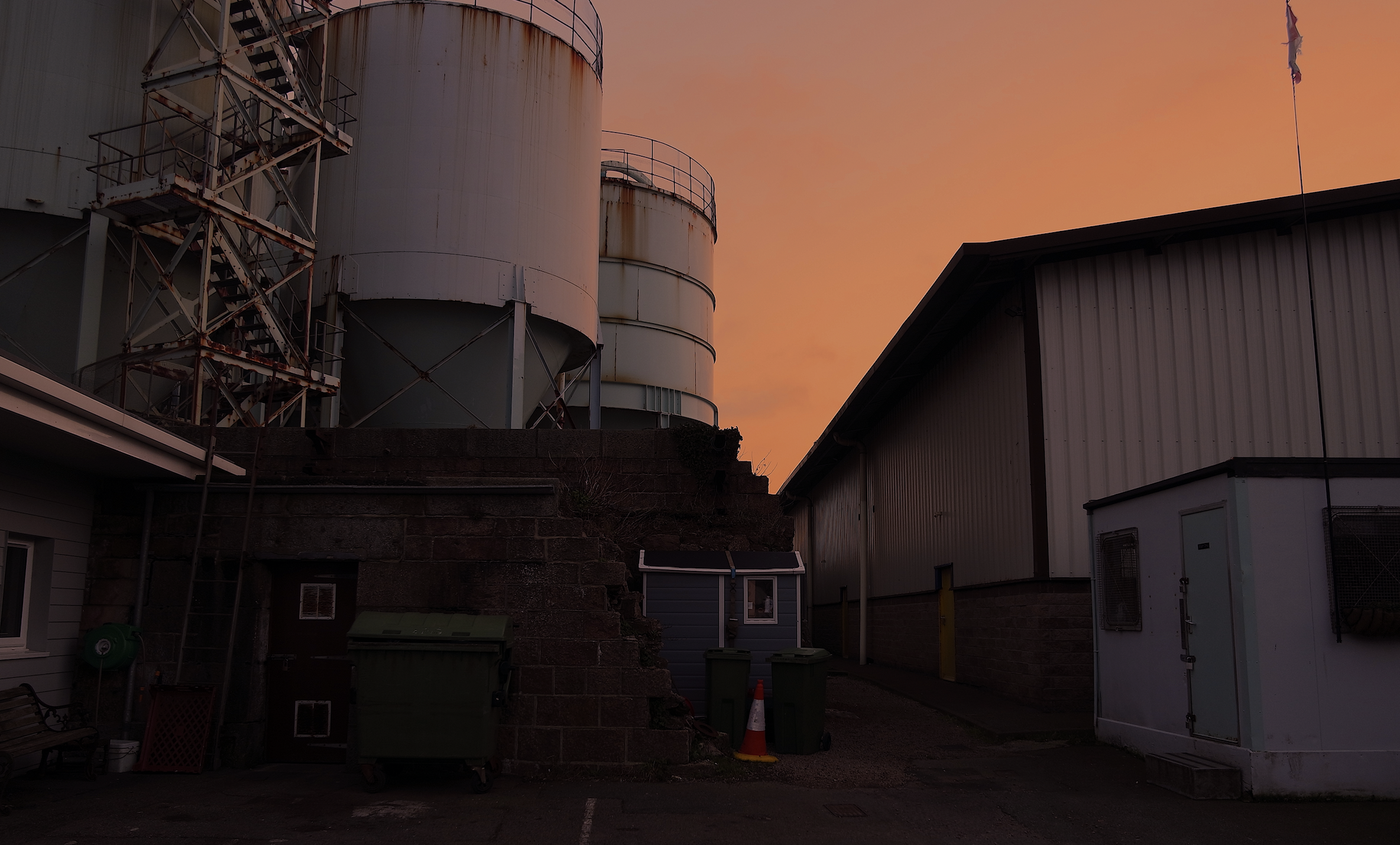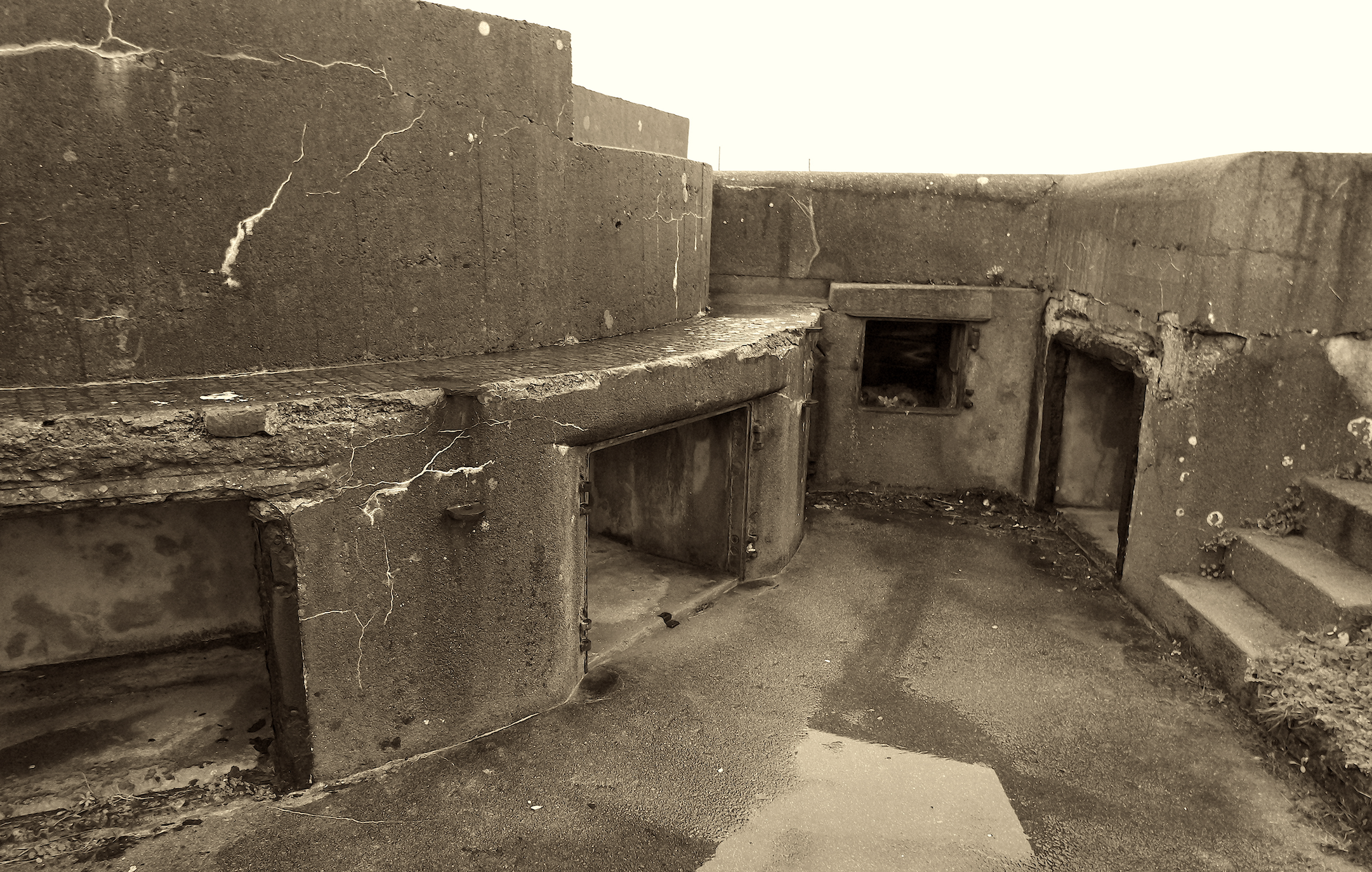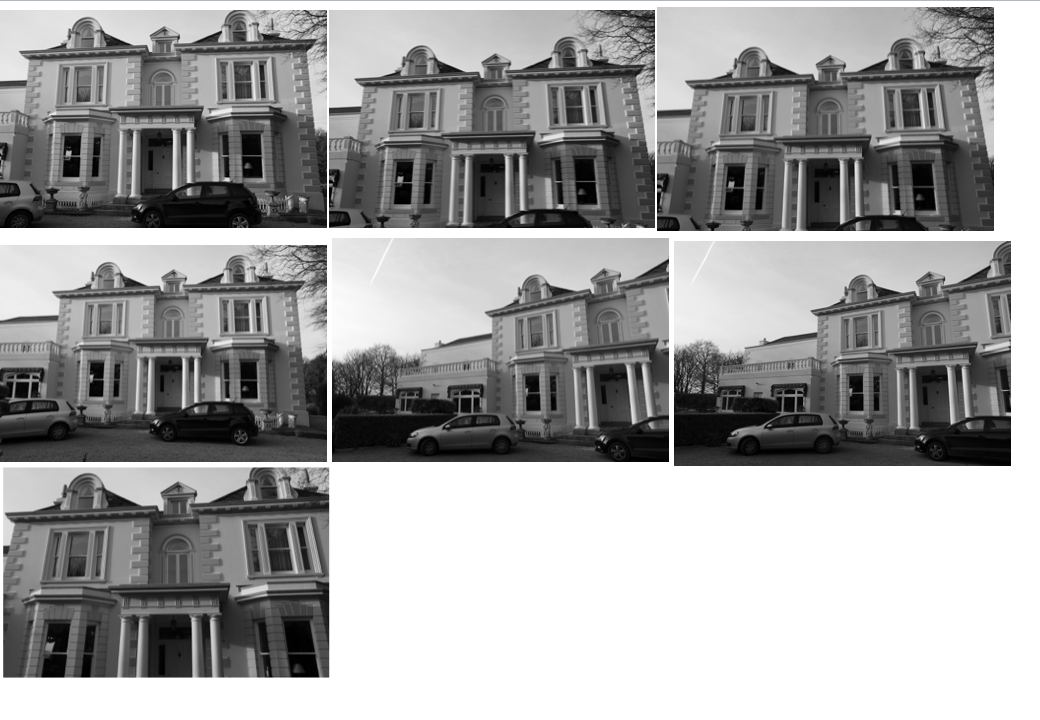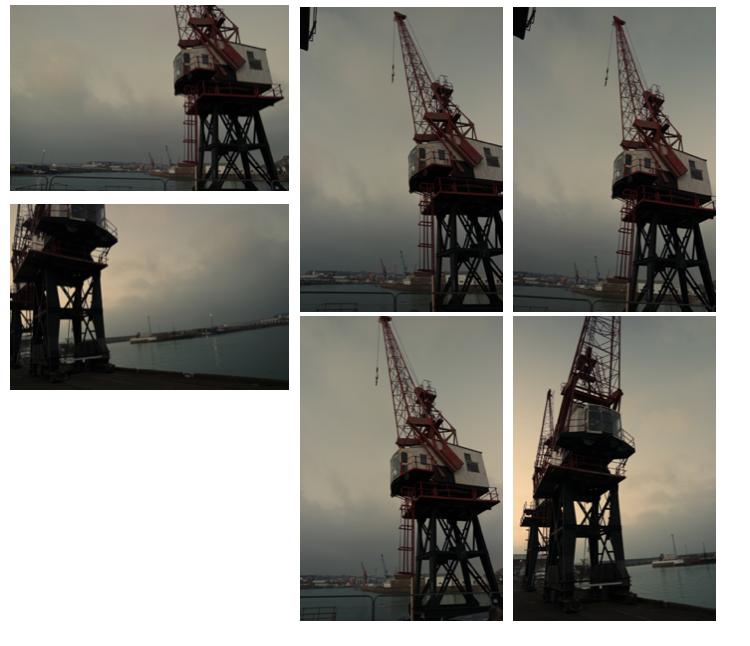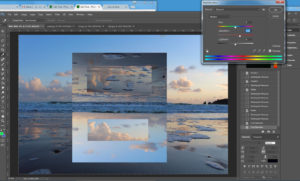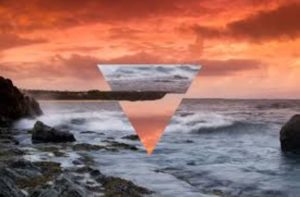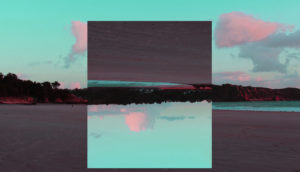Out of Beomsik Won and Mona Caron i decided to take inspiration from Mona Caron. I decided to edit pictures of nature and plants onto buildings to present the concept of urban taking over nature. I planed to physically stick the images onto a printed out building to make a collage and to also digitally edit images onto buildings in photoshop, similar to how I edited my other altered landscape photos.
The images I planned to use to edit onto buildings were not my own photographs but secondary source of art as Mona Caron physically painted murals onto buildings I wanted to keep that aspect but using different artists work of natural landscapes and plants, still keeping my own images of the buildings.
I first went out and took pictures of buildings so i could edit them in different ways.

I then chose two of these images to be my final images to edit. The pictures I wanted to lay on the buildings are from the artist Claude Monet as his paintings are often of nature and plants so the urban and nature will both be included in my image. Also Mona Caron is an artists and physically paints murals onto the side of buildings so i wanted to carry that aspect on to my images.



I cut the paintings specifically in the shape of the windows so it looks like the paintings are inside of the buildings. I think this was effective as the paintings are angles to make the image look 3D. These were the final outcomes when I photographed the images stuck on top of each other:


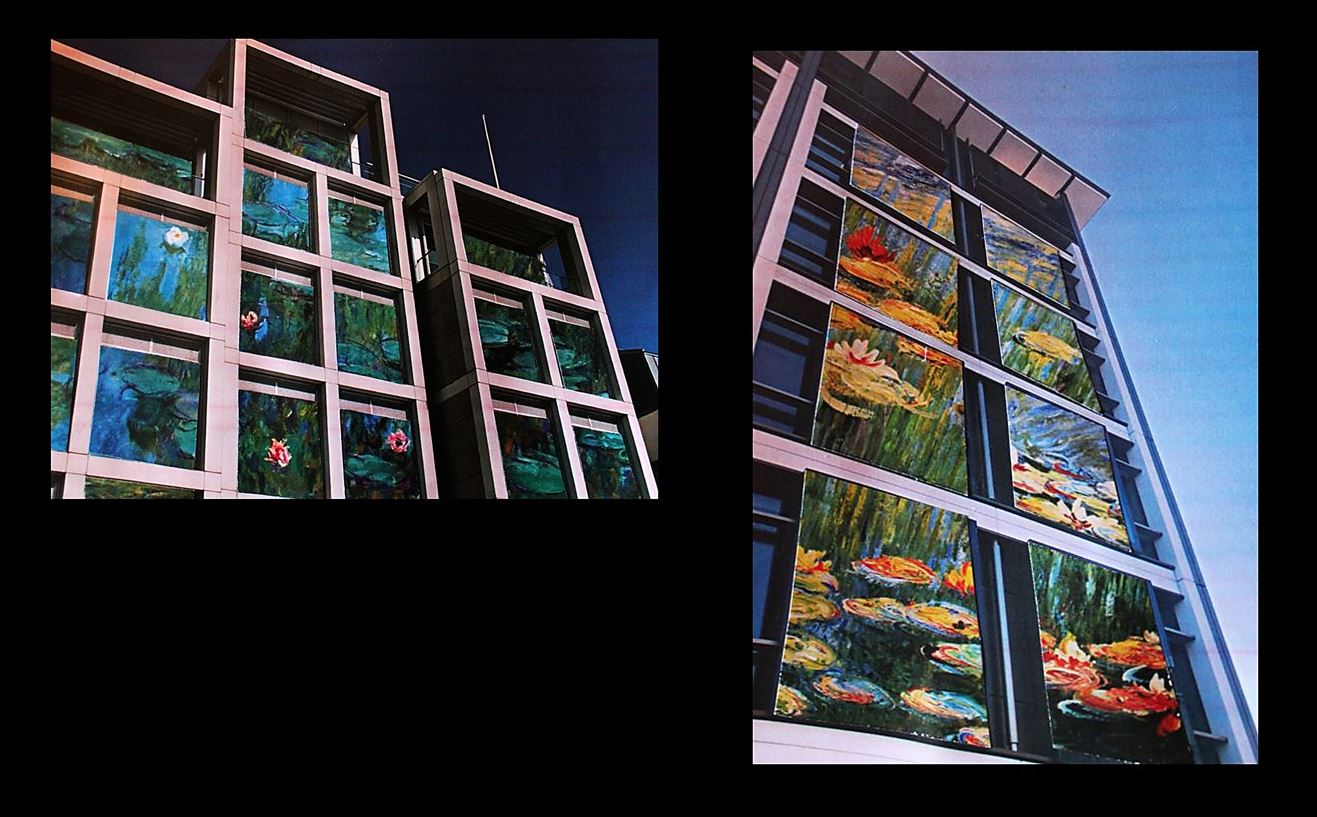
- I chose to do this as i think the images link into my other blog posts with the theme of urban vs. nature. Claude Monet’s painting of lily pads represents the nature with the structural building representing urban.
- I physically printed out the images and collaged and stuck them together to make the images seem less manipulated.
- To re-take the photo I used artificial lighting to highlight the photo as best i could even though the print out of the building wasn’t the best quality (to improve these images i could get them printed professionally.)
- I think the edits look effective as it looks as though they were edited digitally when they were physically stuck on.
- The shadows created from the building (especially in the first photo) make edit look more real as the painting is cut in a certain shape to emphasise that shadow.
- For my final image I put a black border around the images and combined the tow in the same photo to show the variety of images.




